Why Less Tagging More Killing is the Gang Book You Need to Read
August 20, 2025
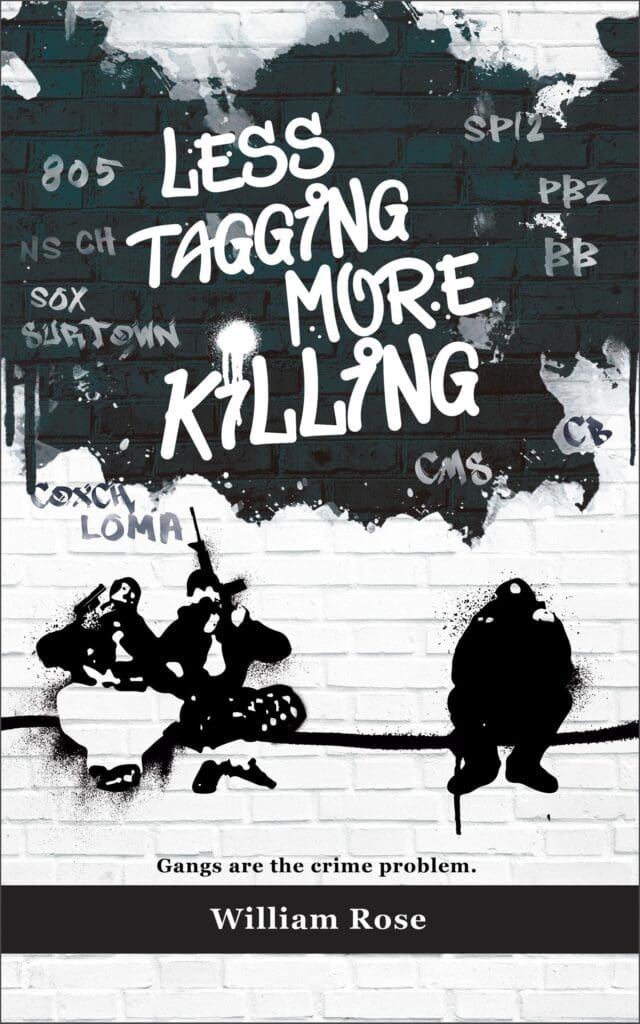
In a genre flooded with sensationalized headlines and shallow storytelling, Less Tagging More Killing stands apart as a raw, unflinching look into the gritty realities of gang life, law enforcement, and the deadly intersections in between. Whether you’re a true crime enthusiast, a law enforcement professional, a criminology student, or simply someone looking for the truth behind the headlines, Less Tagging More Killing is the gang book you need to read.
A Former FBI Agent Tells the Real Story
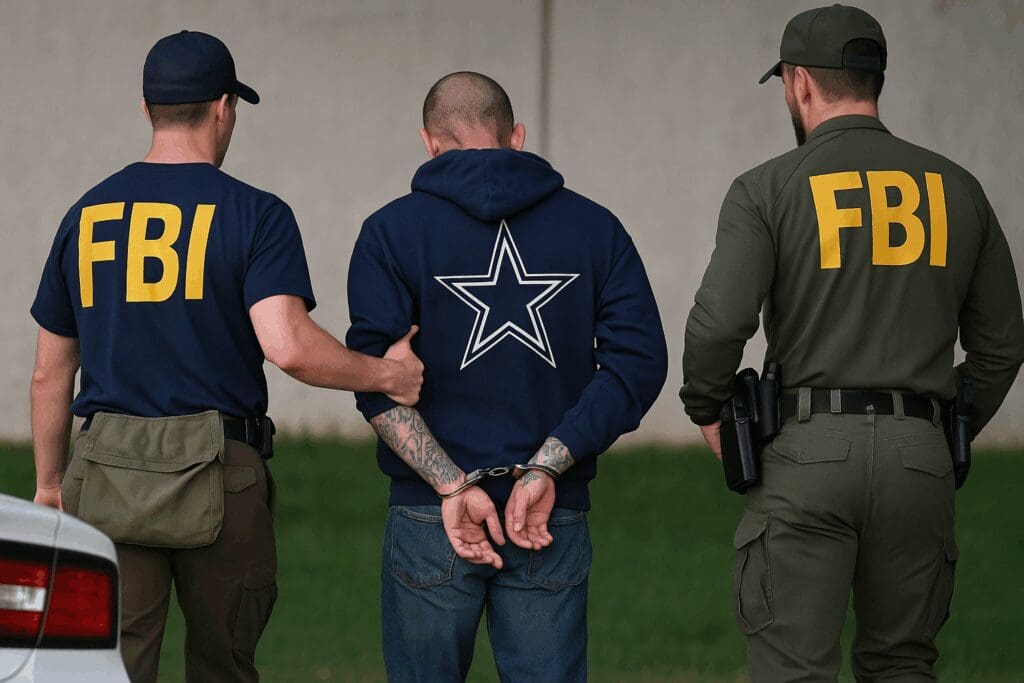
What makes this book different? The author is a retired FBI Special Agent who spent decades investigating crime in Southern California, particularly in Ventura County. This isn’t secondhand information or recycled media hype. It’s firsthand knowledge from a law enforcement agent who ran controlled drug buys, debriefed confidential informants, and built federal cases that took down multiple gang members.
Why Less Tagging More Killing is the gang book you need to read becomes clear when you realize how rare it is to get an insider’s perspective—especially from someone who isn’t afraid to expose both the criminals and the bureaucratic missteps that let them thrive. To learn more read the blog FBI Gangs: The Bureaucratic Reality Behind Federal Gang Enforcement.
The Problem Everyone Gets Wrong
Most people associate gang activity with spray-painted walls and teenage posturing. This book dismantles that myth. In chapter after chapter, it explains how gangs have evolved from tagging crews into career criminals that traffic in drugs, weapons, and fear.
As the title suggests, the era of graffiti is long gone. The modern street gang is large, organized, and lethal. That’s why Less Tagging More Killing is the gang book you need to read—because it explains why people join gangs, the crimes they commit, and how to suppress them.
Detailed Case Studies That Pull No Punches
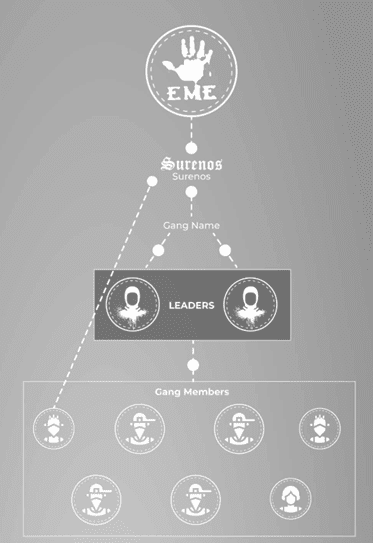
This book walks readers through real investigations—controlled drug buys, felon in possession cases, shootings, drug deals gone wrong, and confidential human sources that provide information on gangs. You’ll learn about gang culture, the prison gang the Mexican Mafia aka Eme, gang names, and ways to suppress gangs in your community.
Less Tagging More Killing is the gang book you need to read if you want to learn about Hispanic gangs. The book gives detailed analysis regarding five gangs in Santa Paula and seven gangs in Oxnard, California. To learn more read the blog Hispanic Gangs: Inside The Dirty Nickel.
Academic studies give you statistics. News reports give you soundbites. Netflix documentaries give you drama. None of them give you truth.
A Deep Dive Into Gang Psychology
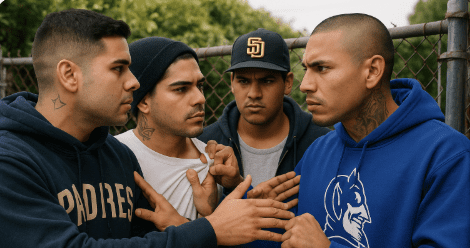
Understanding gangs means understanding belonging, identity, and status. The book explores roles in gangs, how members rise through the ranks, and why many choose violence over peace even when given alternatives. To learn more read the blog Why Do People Join Gangs?
It also explores female gang members, a topic often overlooked. From initiation rituals to expectations within male-dominated gangs, the book offers insight that few others dare to touch. That’s one of many reasons why Less Tagging More Killing is the gang book you need to read if you want the full picture—not just what’s shown in documentaries or TV crime dramas. To learn more read the blog Gang Initiation for Females: The Untold Reality Behind the Drama.
The Law Enforcement Perspective You Haven’t Heard
The author doesn’t hold back when it comes to identifying problems—not just with gang members, but at the very agencies charged with stopping them. You’ll read about police underreporting the number of gang members in their cities, cases that were built meticulously, only to fall apart because prosecutors lacked the courage or the political will to see them through.
Why Less Tagging More Killing is the gang book you need to read is because it doesn’t pretend the system is perfect. It reveals how policy and politics within communities can derail investigations and incentivize gang membership.
Real-Life Lessons for Aspiring Law Enforcement
This book should be required reading for anyone considering a career in criminal justice. It shows what real gang investigations look like: the long hours, the surveillance, the frustration, and the mistakes. It also shows the wins—the times when dangerous gang members were taken off the streets thanks to solid teamwork and navigating bureaucracy.
If you’re a student, a young cop, or a future prosecutor, why Less Tagging More Killing is the gang book you need to read becomes obvious. It’s your roadmap—your blueprint, and your investigative check list.
Insightful Analysis on Failed Policies
From the reality of revolving-door sentencing, this book doesn’t shy away from policy critiques. It asks hard questions about “gang injunctions,” and whether federal prosecutions are truly making a difference.
It examines the flawed assumption that incarcerating gang leaders will solve the gang problem. In many cases, younger, more violent replacements are waiting in the wings. That’s why Less Tagging More Killing is the gang book you need to read—because it tells the truth, even when the truth is inconvenient. To learn more read the blog Laws on Gangs: What Works and What Doesn’t.
The Human Cost of Gang Life
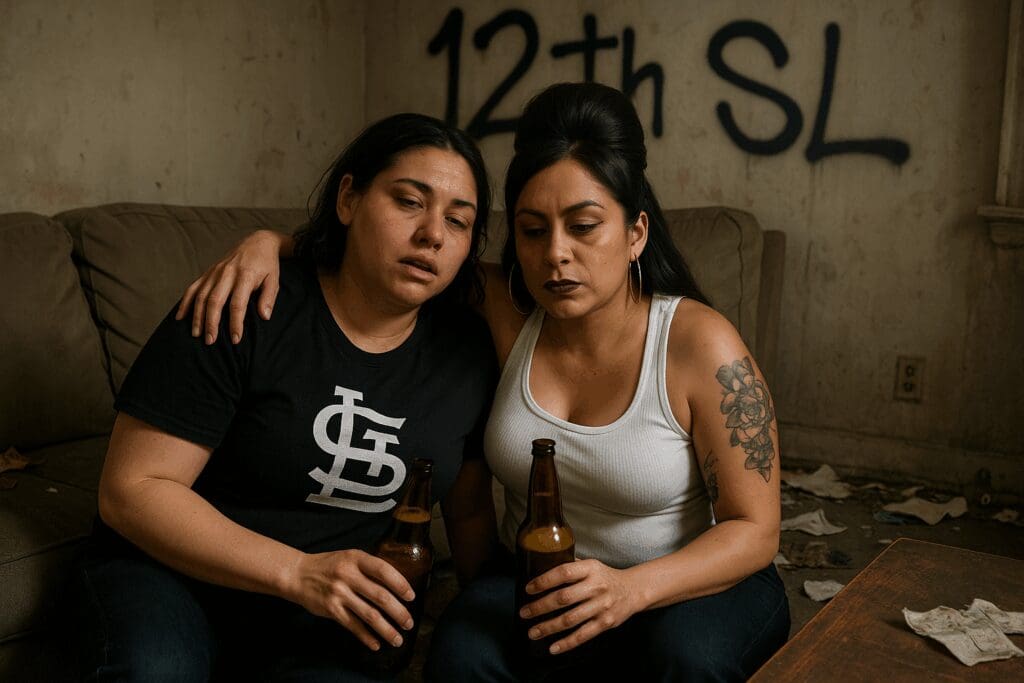
One of the most powerful aspects of the book is how it humanizes both the victims and perpetrators. You’ll read about teenagers who made a bad choice to join a gang that ruined their future. You’ll also learn about gang members who wanted out, but couldn’t because of drug use.
Understanding these human stories is essential, and it’s why Less Tagging More Killing is the gang book you need to read if you want more than just statistics. Behind every crime is a story—and behind every story is a system that either failed or succeeded.
It’s More Than a Book—It’s a Wake-Up Call
This book doesn’t just inform—it challenges. It challenges politicians to rethink funding priorities. This book challenges prosecutors to take bold steps. It challenges law enforcement to build solid cases. It challenges communities to stop romanticizing gang culture.
And for readers? It challenges you to ask what kind of society allows entire neighborhoods to be ruled by fear. That’s why Less Tagging More Killing is the gang book you need to read—because the problem won’t fix itself, and understanding is the first step toward action. To learn more about gangs read the blog Santa Paula Gangs: Mayberry Gone Wrong.
Why Less Tagging More Killing is the gang book you need to read is because it connects the dots between street-level crime and high-level decision-making.
The Choice We Face
There are plenty of books about gangs. But few are written by those who investigated them. Fewer still are this honest, this brutal, and this essential.
I wrote Less Tagging More Killing because I believe knowledge is power. Real knowledge. Not the sanitized version you get from academic conferences or the dramatized version you see on television. The ugly, uncomfortable truth about how gangs operate and why they draw people in.
This is the gang book you need to read because it tells you what others won’t: the problem is worse than you think, the solutions are simpler than academics claim, and the time for action is now.
So if you’ve ever wondered:
- What it is like to be a FBI agent investigating gangs?
- How do you get initiated into a gang?
- What laws work combating gangs?
- Why do gangs still thrive despite all the arrests?
- What types of crimes do gang members commit?
Then it’s time to stop wondering. Why Less Tagging More Killing is the gang book you need to read isn’t just a catchy phrase—it’s a fact.
To learn more about gangs, get the book Less Tagging More Killing.
